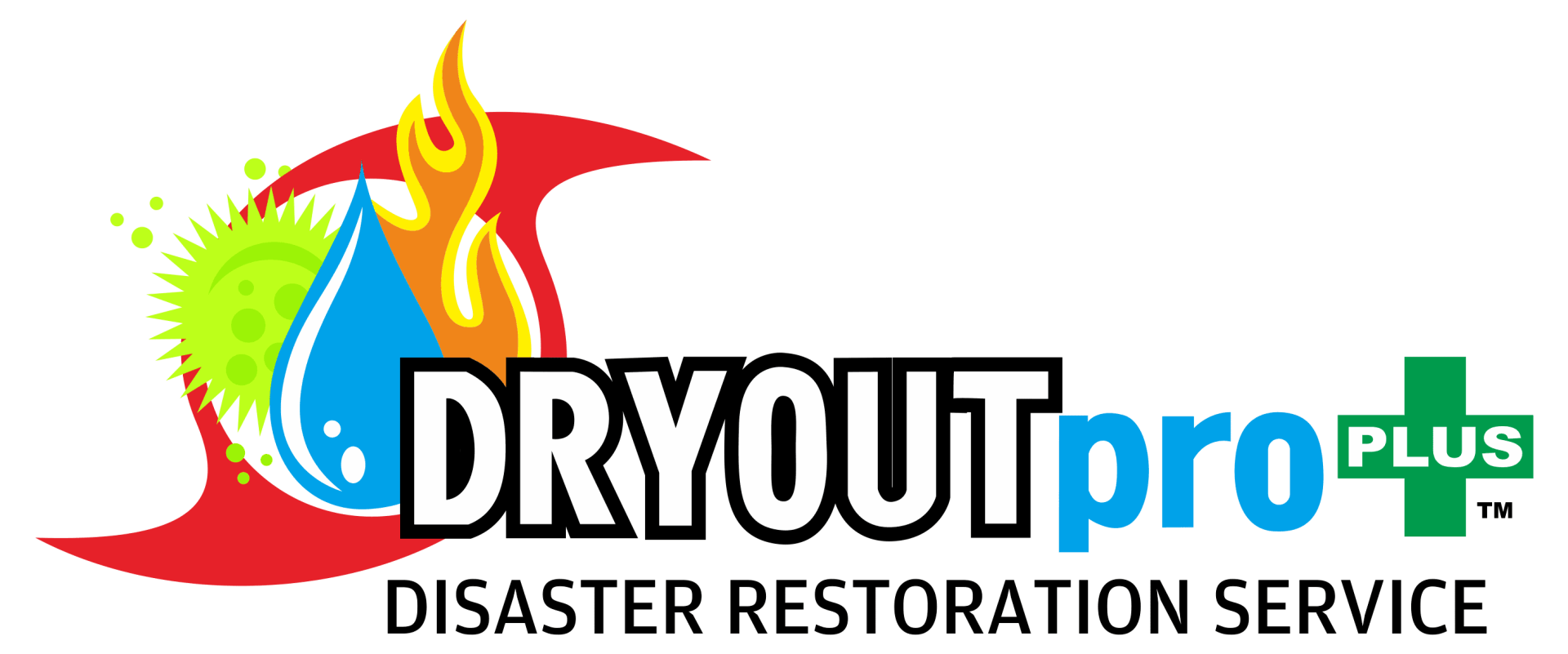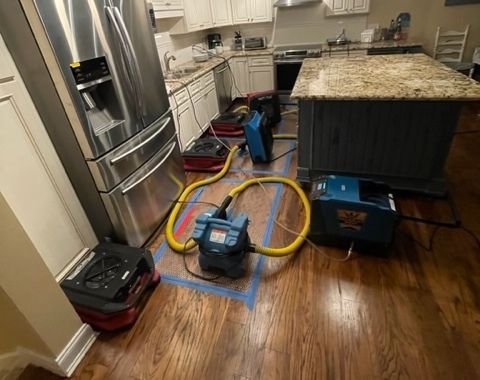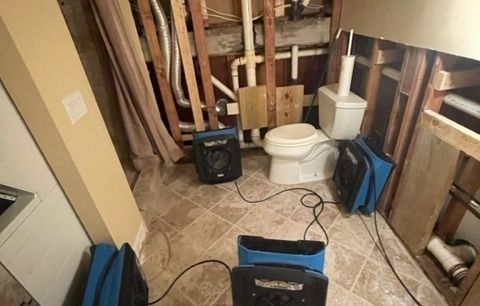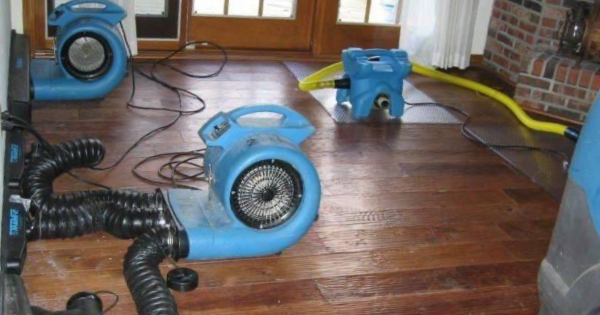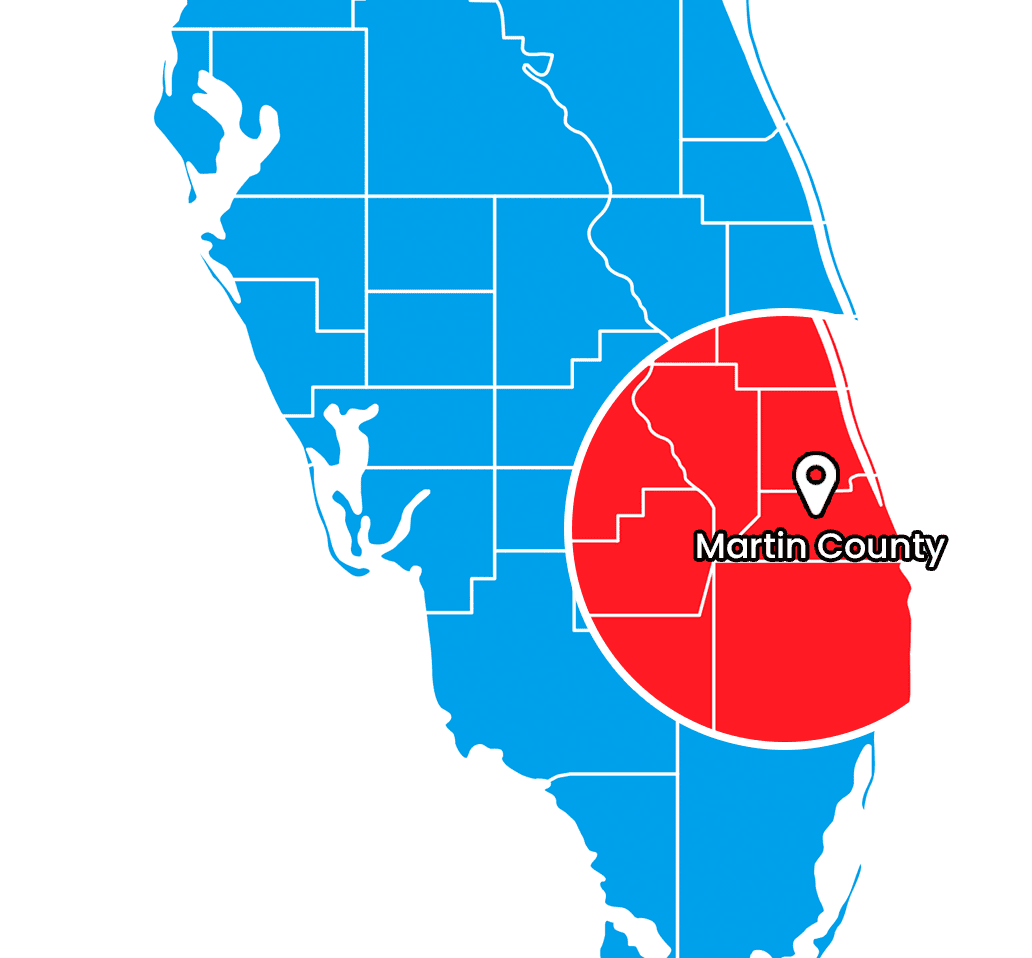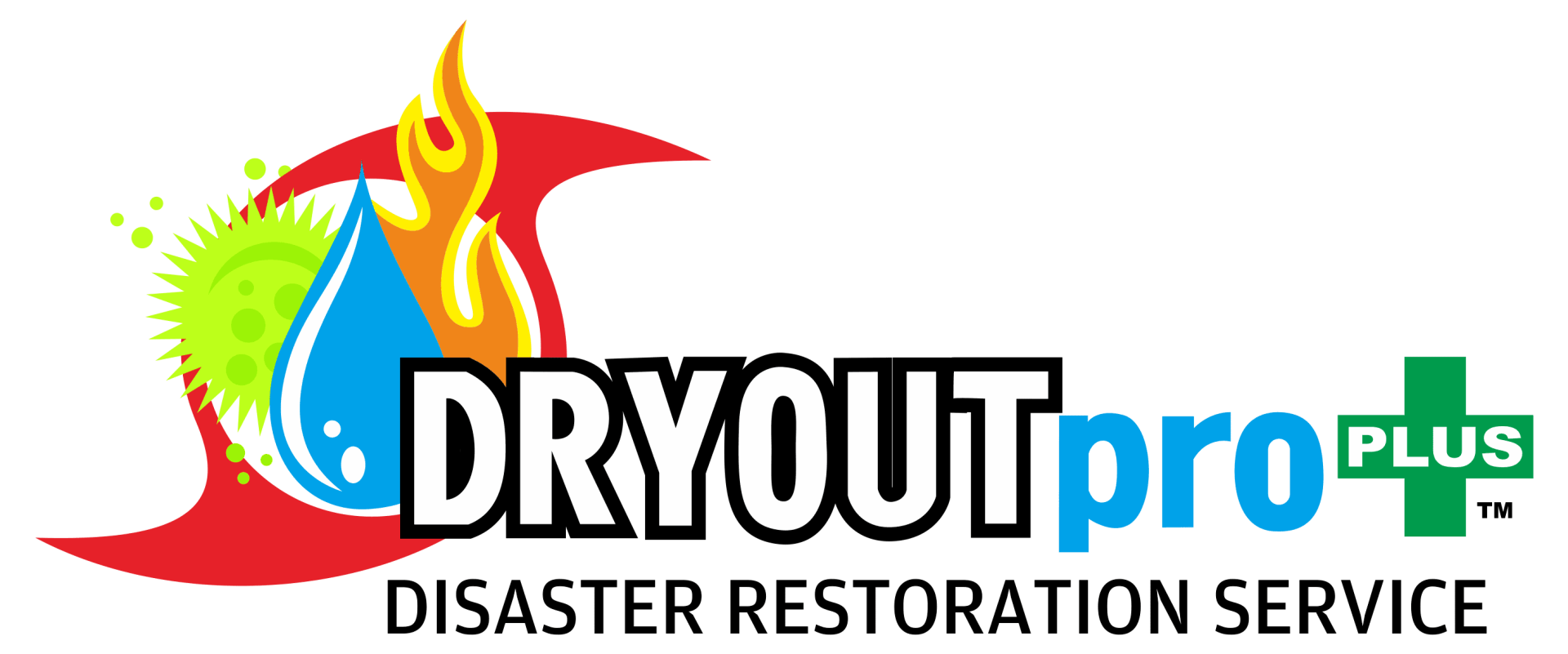
Understanding Category 3 Water Damage: Risks and Remediation Strategies
April 1, 2024
In the aftermath of a flood or plumbing chaos, dealing with water damage is a pressing concern for both residential owners and businesses. Among the different types of water damage, category 3 water damage carries significant risks and requires specific remediation strategies to ensure safety and minimize further damage. In this blog post, we'll delve into what category 3 water damage includes, the health risks associated with it, how to identify it, its causes, and the essential remediation strategies to handle it. For professional water damage cleanup Port St Lucie residents trust, it's important to understand the nature of category 3 water damage and the steps involved in its remediation.
What Is Category 3 Water Damage?
Category 3 water damage, also known as ‘Category 3 black water’, is the most severe type of water damage. It involves highly contaminated water that may contain harmful pathogens, chemicals, and other hazardous substances. This type of water damage carries serious health risks to individuals and requires immediate attention and proper handling to prevent further harm.
Health Risks of Category 3 Water Damage
Exposure to category 3 black water can lead to different health issues, including:
- Infections: Contact with contaminated water can increase the risk of bacterial, viral, or parasitic infections, potentially leading to digestion illnesses, skin infections, or systemic infections.
- Respiratory Problems: Inhalation of airborne contaminants present in category 3 water can irritate the respiratory tract, leading to symptoms such as coughing, wheezing, or shortness of breath.
- Allergic Reactions: Individuals may experience allergic reactions upon exposure to allergens or toxins present in category 3 water, manifesting as skin irritation, blocked nose, or watery eyes.
- Worsening of Existing Health Conditions: Direct exposure or inhalation of contaminants can worsen pre-existing health conditions, such as allergies, asthma, or immune system disorders, leading to complications and prolonged recovery.
Fast and thorough remediation is crucial to minimizing health risks associated with category 3 water damage and protecting occupants' well-being.
What Are Other Water Damage Categories?
Before delving deeper into category 3 water damage, it's essential to understand the other water damage categories. According to the IICRC (the Institute of Inspection, Cleaning and Restoration Certification), water damage is typically classified into three categories. We already mentioned Category 3, but the following two are also important:
- Category 1 (Clean Water) - This category involves water from a clean source, such as a broken pipe or overflowing sink. It carries minimal health risks initially but can worsen to higher categories if left untreated.
- Category 2 (Gray Water) - Gray water contains significant contaminants that may cause discomfort or illness if swallowed. This includes water from washing machines, dishwashers, or sump pumps.
Identifying Category 3 Water Damage
Recognizing category 3 water damage is crucial for implementing appropriate remediation measures. Signs of category 3 water damage include:
- Foul Odor: A strong, unpleasant smell resembling sewage or decaying organic matter indicates the presence of contaminated water.
- Visible Presence of Sewage: The sight of sewage or standing water containing debris suggests the involvement of category 3 water damage.
- Discoloration or Staining: Noticeable discoloration or staining on walls, floors, or ceilings, often results from prolonged exposure to contaminated water.
- Mold or Mildew Growth: The emergence of mold or mildew within affected areas indicates excessive moisture and potential contamination by category 3 water.
If you notice any of these signs following a water-related incident, it's essential to be cautious and seek professional assistance quickly.
What Causes Category 3 Water Damage?
Category 3 water damage can stem from different sources, including:
- Sewage backups or overflows:
When sewage systems become overwhelmed or blocked, sewage can back up into homes or buildings, leading to category 3 water damage due to the highly contaminated nature of sewage.
- Flooding from external sources:
Heavy rains, rising rivers, or storm surges can cause flooding, resulting in category 3 water damage as floodwaters carry contaminants and sewage into properties.
- Toilet overflows containing fecal matter: Malfunctioning toilets or blockages in sewage lines can cause toilet overflows, which often contain fecal matter and other contaminants, carrying health risks and causing category 3 water damage.
- Contaminated groundwater intrusion: High water tables or poor drainage can lead to the intrusion of contaminated groundwater into basements or lower levels of buildings, resulting in category 3 water damage due to the presence of pollutants and toxins.
- Plumbing failures involving sewage lines: Leaks, breaks, or blockages in sewage lines can result in raw sewage leaking or overflowing into properties, causing category 3 water damage and carrying significant health hazards.
Understanding the underlying causes of Category 3 water damage can help prevent future incidents and minimize risks effectively.
How to Handle Category 3 Water Damage: Remediation Strategies
Tackling category 3 water damage requires thorough and systematic remediation strategies to ensure safe and effective restoration. Here's an overview of the essential steps involved:
- Safety Assessment: This step refers to assessing potential hazards and putting appropriate precautions in place, including personal protective equipment (PPE) and barricading affected areas.
- Water Extraction: The second step includes the removal of standing water using specialized pumps and extraction equipment to prevent further contamination and structural damage.
- Contaminated Material Removal: The next step is the disposal of contaminated materials and surfaces that cannot be adequately cleaned or disinfected, such as carpeting, drywall, and insulation.
- Cleaning and Disinfection: This includes a thorough cleanup and disinfection of all affected surfaces using EPA-approved disinfectants to eliminate pathogens and reduce health risks.
- Drying and Dehumidification: This step involves the use of industrial-grade air movers and dehumidifiers to dry out the affected area completely and prevent mold growth.
- Restoration and Reconstruction: The last step is restoring the property to its pre-damage condition by repairing or replacing damaged structures, flooring, and fixtures as necessary.
As you can tell, this water damage mitigation process requires special equipment and knowledge to effectively handle it. That’s the moment when professional help is of the utmost importance. You’ll take care of this by finding a reliable company tackling water damage issues.
Contact DRYOUTpro PLUS, INC. for Expert Water Damage Mitigation
When facing category 3 water damage, fast action is key to minimizing damage and protecting occupants' health. At
DRYOUTpro PLUS, INC., we specialize in professional water damage cleanup that Port St Lucie residents can rely on. Our experienced team uses advanced techniques and equipment to mitigate category 3 water damage and restore properties to their pre-damage condition. Contact us today for fast and reliable water damage restoration services. Do so by calling (772) 288-4222 or filling out the
contact form on our website.
